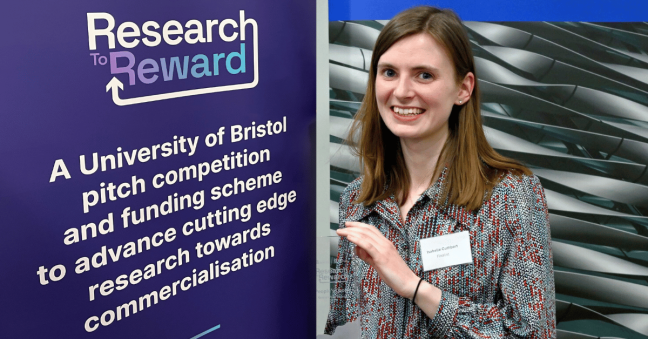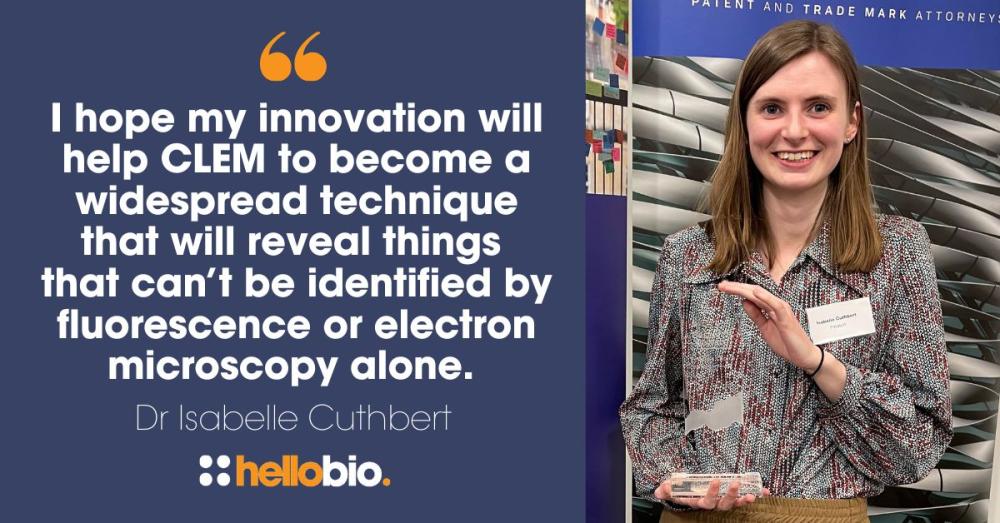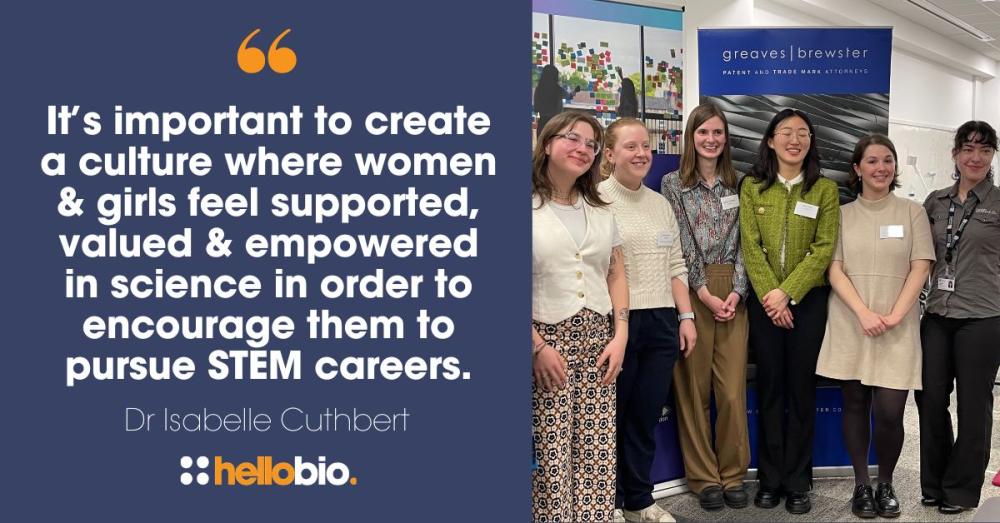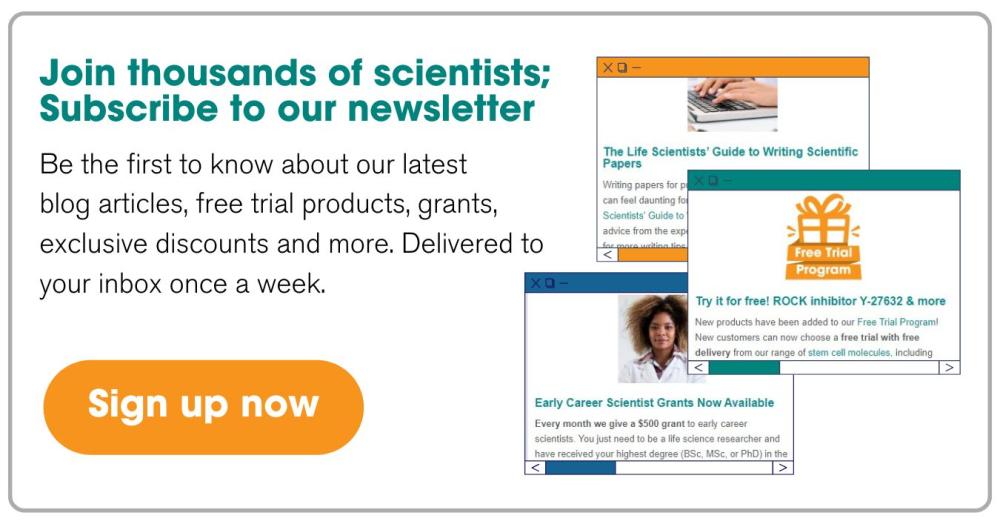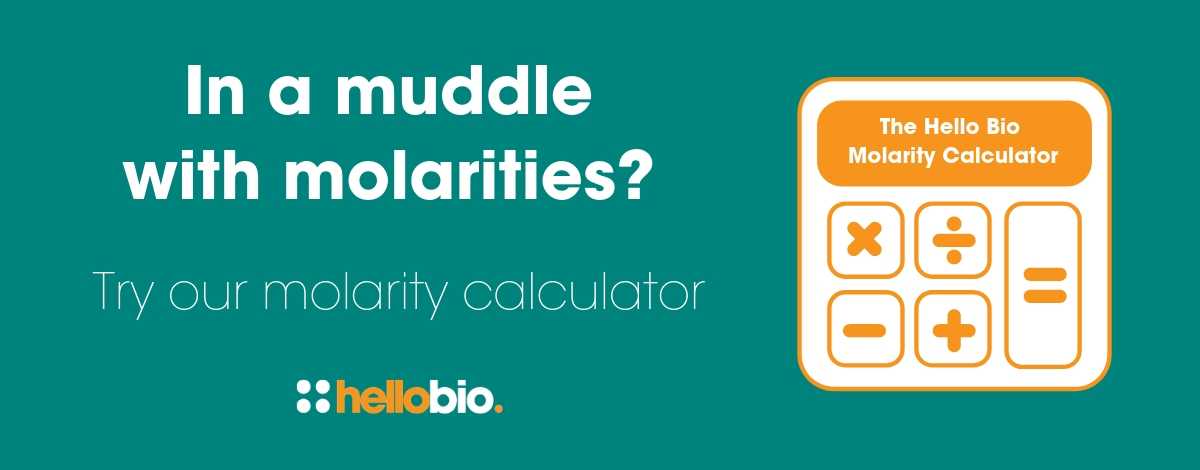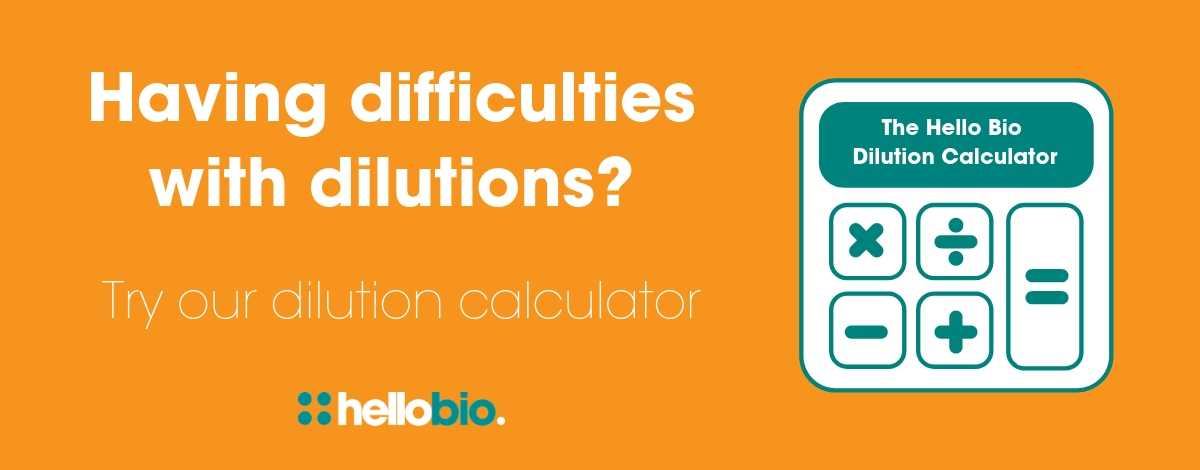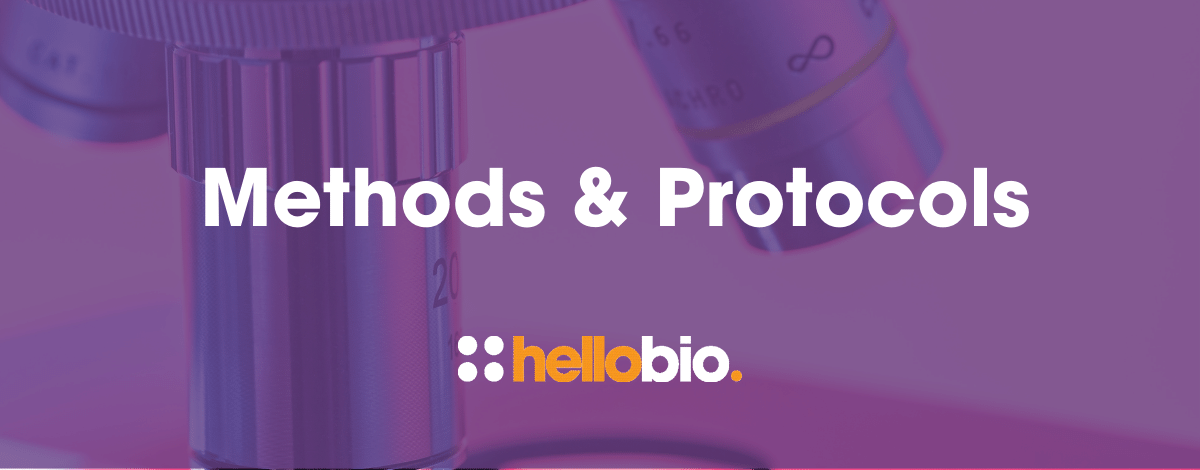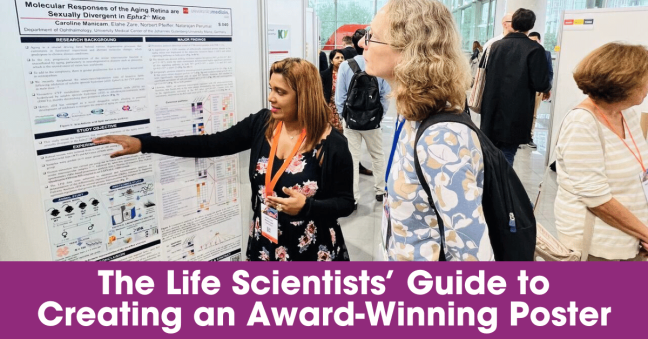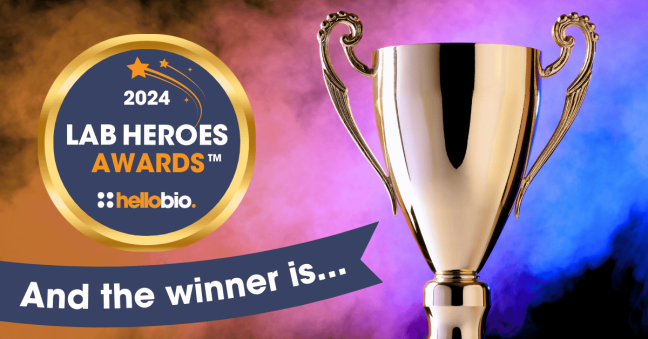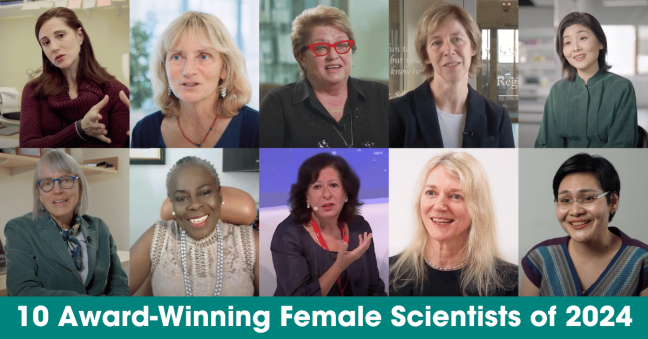Research to Reward: A Prize-Winning Project on Correlative Light and Electron Microscopy
For many researchers, translating scientific discoveries into real-world impact can be a daunting challenge. The University of Bristol’s Research to Reward competition offers a helping hand by supporting innovative early-career female and non-binary researchers to explore the commercial and translational potential of their work. The initiative provides a unique opportunity for researchers to develop their ideas beyond the lab, helping them navigate the complex path toward real-world application.
This year’s competition saw 10 finalists pitch their projects to an all-female panel of business experts, and Dr. Isabelle Cuthbert, a KTP Associate at Hello Bio, was chosen as one of two prize winners. Her groundbreaking project - ‘Development of correlative light and electron microscopy probes for neurodegenerative disease and cancer research’ - stood out for its potential to revolutionize imaging techniques in biomedical research. Her success earned her a £20,000 prize to further advance the project.
We caught up with Isabelle after the event to find out more about her project, the inspiration behind it, and her plans for the prize money. She also told us about the challenges of pitching, and shared valuable advice for other early-career researchers who are seeking funding for their projects.
How did it feel to be recognised by the expert panel at the Research to Reward Competition Final?
It was completely shocking! I was really stressed about giving the pitch so I was already feeling a lot of relief that it was done. All the other finalists were so passionate and gave amazing pitches, it was an honour to be among them.
Can you give us an overview of your winning project and what inspired you to pursue this research?
My project is to develop probes that can be used for correlative light and electron microscopy (CLEM). This means they can be used to detect proteins of interest in both live cell imaging using fluorescence, and then at sub-nanometer resolution in electron microscopy.
How do you hope your research might impact the fields of neurodegenerative disease and cancer research?
I hope my innovation will help correlative light and electron microscopy become a widespread and commonly used technique that will reveal things that can’t be identified by fluorescence or electron microscopy alone. This could reveal new drug targets or understanding of molecular mechanisms in diseases such as neurodegeneration or cancer.
What were the biggest challenges you faced while developing your pitch for the competition?
I get really nervous about public speaking. It was really nice to attend two pitch training days with the other finalists before the pitch, in which we gained some great tips, advice and opportunity to practise which helped to put me at ease.
What advice would you give to early-career researchers looking to enter similar competitions or secure funding for their own projects?
Give it a go and ask for any help you might need! People are normally really helpful and supportive and even if you don’t manage to secure the funding, you will learn from taking part. Also, the connections you make along the way will be super helpful in finding future funding opportunities.
The competition celebrates the work of female researchers - what more do you think could be done to encourage women and girls to pursue science careers?
I think seeing women in leadership positions is important in inspiring the next generation. This can be supported by targeted funding, like this programme, as well as through mentorship programmes which provide valuable guidance. Ultimately, it is important to create a culture where women and girls feel supported, valued and empowered in science in order to encourage them to pursue STEM careers.
How do you plan to spend your prize money?
The prize money will be spent on lab consumables to generate the probes and test them as well as imaging at the Wolfson Bioimaging facility at the University of Bristol. Additionally I hope to attend a couple of conferences (including the International society of neurochemistry (ISN) meeting) to engage with more scientists using CLEM.
What excites you most about working in STEM?
I love the opportunity to be hands-on and actually make and do things in the lab. It’s exciting to do things that no one has done before and I find there’s nothing more satisfying than when you successfully troubleshoot a problem.
Who has been the biggest influence or mentor in your scientific career, and what key lessons have you learned from them?
When I was doing my PhD, my fellow PhD student in the lab, Dr Yue Yang, was a massive inspiration to me. I have never met anyone with such a great work ethic before and watching her grow as she progressed really inspired me. Additionally, she is a lovely person who is always willing to help and is one of the smartest people I have ever met. She has taught me the power of persistence and always showing up for yourself.
Connect with Dr Isabelle Cuthbert:
- LinkedIn: Isabelle Cuthbert
________________________________________________
If you enjoyed this article, why not check out the other resources available on our blog. We are passionate about supporting life scientists including early career life scientists and PhD students - with really low-priced reagents, antibodies and biochemicals, early career scientist grants, and resources to help with both personal and professional development. We know how tough it is - so we hope you find these helpful!
More General Support for Life Scientists
For advice on wellbeing, dissertations, presenting at conferences, wellbeing, PhD support, networking and lots more, we have a huge range of articles to help - just click below:
Save up to 50% on our high purity reagents...
When you get to the stage of planning your experiments, don't forget that we offer a range of low-cost, high-purity agonists, antagonists, inhibitors, activators, antibodies and fluorescent tools (yes - they really are around half the price of other suppliers!) You can use our Quick Multi-Search Tool to search for lots of products in one go, and the range includes:
- Enzyme inhibitors and activators
- Chemogenetic ligands
- Ion channel modulators
- GPCR & ionotropic receptor ligands
- Cell biology reagents & biochemicals
Technical resources
Try our Molarity Calculator: a quick and easy way to calculate the mass, volume or concentration required for making a solution.
Try our Dilution Calculator: an easy way to work out how to dilute stock solutions of known concentrations
We also offer a comprehensive range of technical resources including antibody protocols and methods, product guides and mini-reviews:
And finally, don't forget to check back in with our blog regularly for our latest articles. If there’s something you’d love to contribute to the community, whether that’s an interview or article, drop us a line at hello@hellobio.com
---





